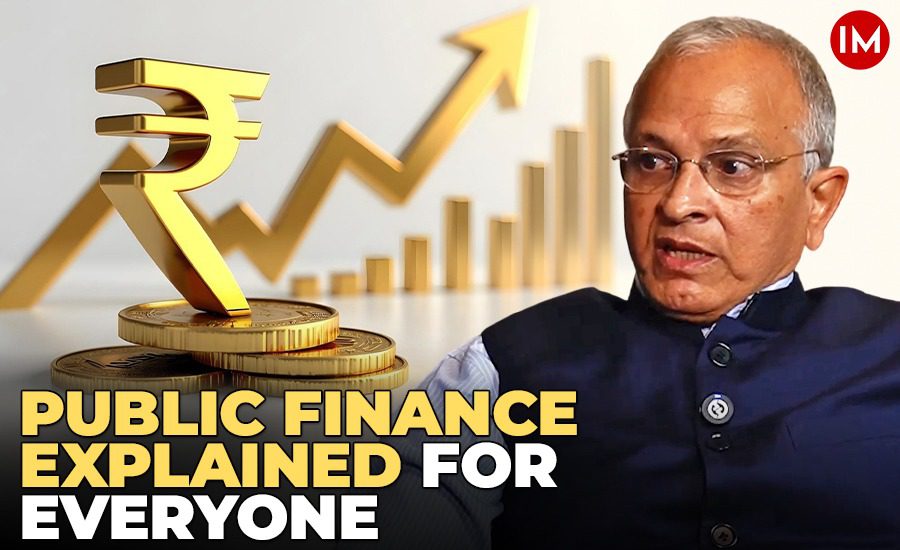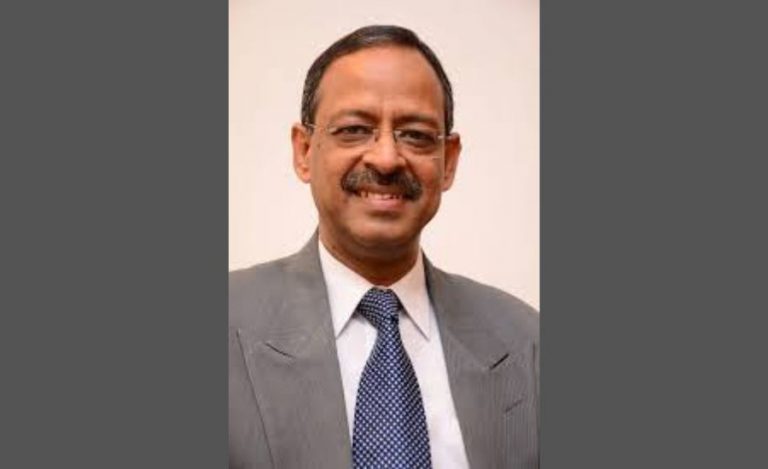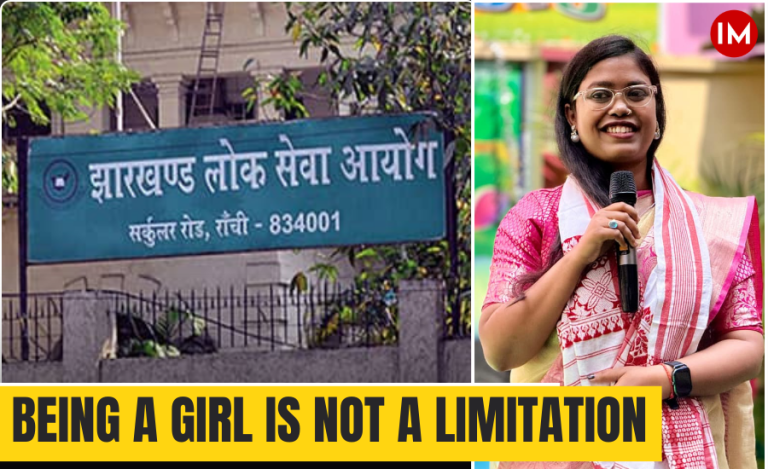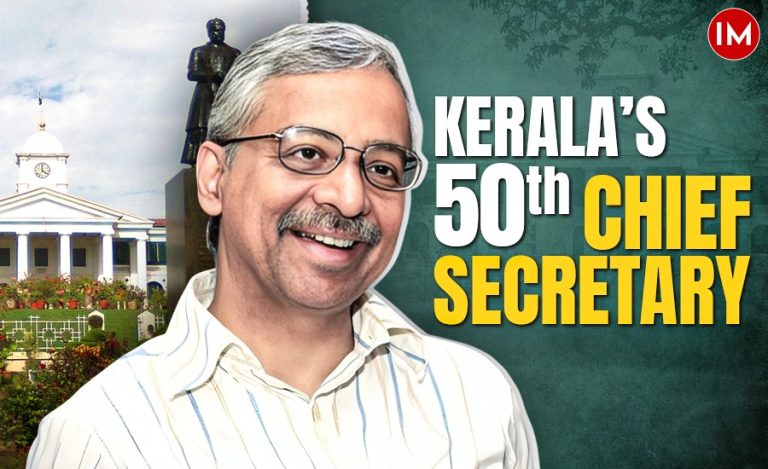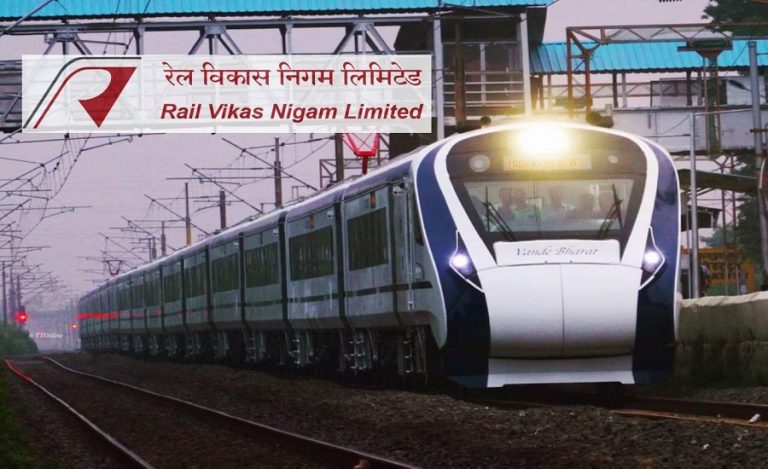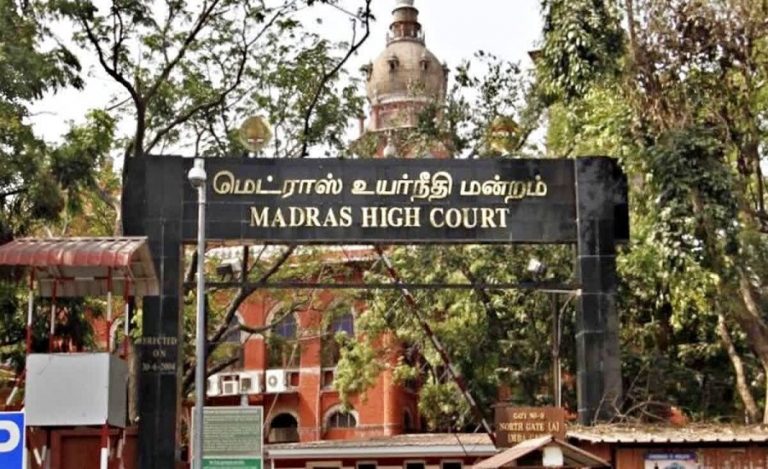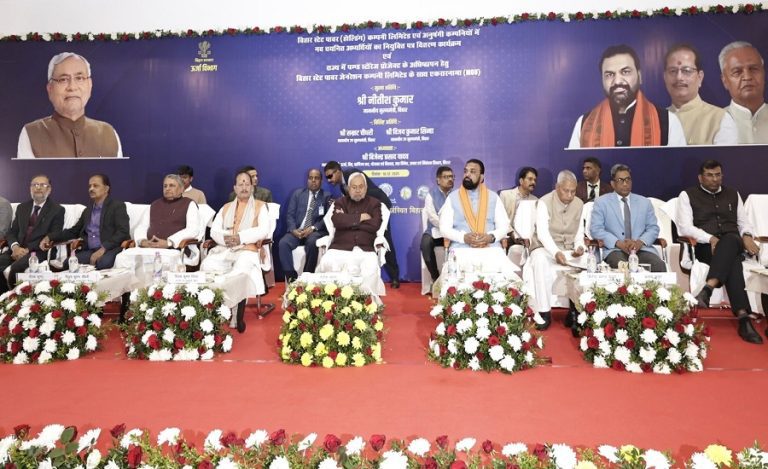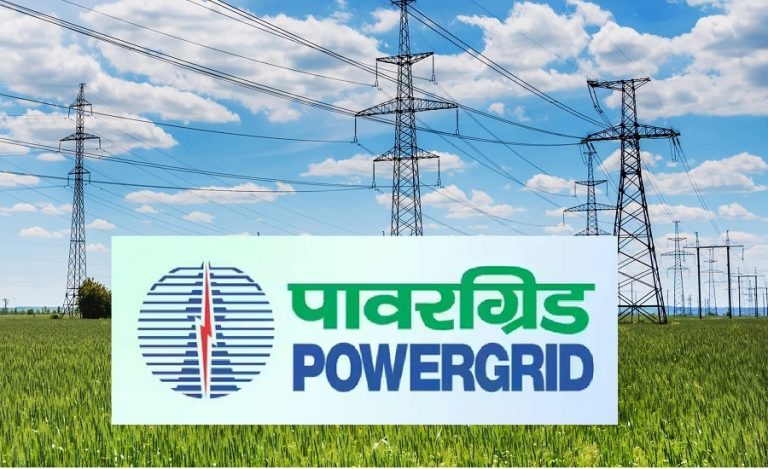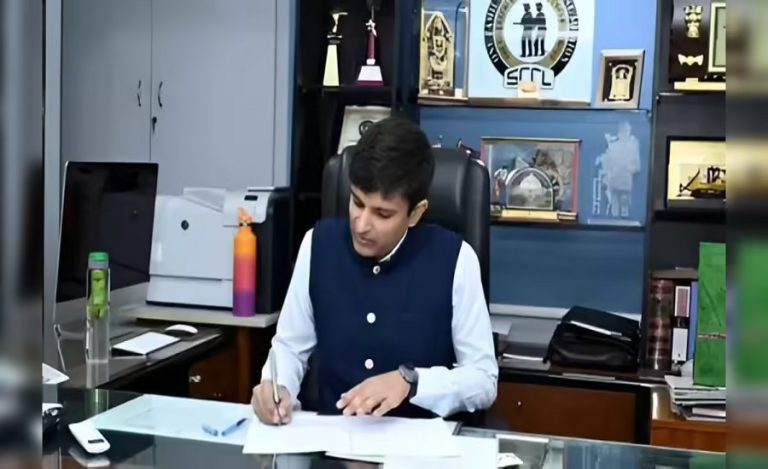By Vivek Mehrotra
Recently, I came across a newspaper article citing a CAG report on state finances. This decadal study on the financial performance of states found that 16 states, including the pejoratively referred to Bimaru states, like Uttar Pradesh, Madhya Pradesh, Jharkhand, and Chhattisgarh, had revenue surplus while 12 states, including Kerala, Andhra Pradesh, Tamil Nadu, and Rajasthan, were revenue-deficient states in the financial year 2022-23.
To a lay person, the obvious question would be – what is a revenue surplus state and what is a revenue deficit state? Whether it is good to earn more and be a revenue surplus state or to spend more and be a revenue deficit state? I have attempted to demystify this financial terminology and its implications.
Revenue Budget of the government refers to the revenue receipts and expenditures met from these revenues. Revenue receipts of the State Governments consist of devolution of the share of central taxes, the state’s own tax revenue, and non-tax revenue. State’s own tax revenue mainly comes from State’s GST, land revenue, stamp and registration charges, excise duties, and non-tax revenue such as fees from various public services and sales revenue such as from the forest department, etc.
Revenue expenditures are for the running of the Government and its various services, pay and allowances of government employees, interest payments on Government debt, subsidies, and expenditure on preservation and maintenance of physical assets. These are current or consumption expenditures. Expenditure that does not result in the creation of tangible, durable assets is treated as revenue expenditure.
Revenue surplus denotes the excess of the Government’s revenue receipts over the revenue (current) expenditure. It indicates savings by the Government. A revenue surplus is more than just a technical term in public finance—it is an indicator of better financial management. Simply put, a revenue surplus means that the government’s income exceeds its day-to-day current consumption expenditure. For instance, according to the CAG report, Uttar Pradesh had a revenue surplus of around ₹34,000 crore in the financial year 2022-23. The significance of this is profound: a revenue surplus allows the state to invest more in capital expenditure—constructing new public assets, viz., schools, hospitals, roads, water supply schemes, or sewage networks. These are productive investments that stimulate long-term economic growth.
In case of revenue deficits, governments’ borrowing requirements are enhanced, adding to the fiscal deficit. Gross Fiscal Deficit (GFD)is the excess of Government’s total expenditure, including revenue, capital and loans, net of recovery, over revenue receipts and non-debt capital receipts. It denotes the net borrowing requirements of the Government. This has broader economic consequences. Increased government borrowing reduces the pool of investible funds available to private businesses, pushes up interest rates, and slows down capital expenditure and investment. That is why governments strive to reduce fiscal deficit—by improving tax collections and restraining unproductive revenue spending.
Let me give a little background. In 1992, a Planning Commission committee consisting of Mr Biju Pattanaik, Mr Bhajan Lal, Mr C Rangarajan and others looked at the subject of state finances, and I had the opportunity to attend all its deliberations. In those days, Haryana and a few other states like Gujarat and Maharashtra generally recorded revenue surpluses through the eighties and early nineties, while most other states, as well as the Centre, had revenue deficit budgets. While the Government of India had a revenue surplus budget for many years after independence, the first revenue deficit federal budget appeared in 1979-80. Since then, the Union Budget has remained in revenue deficit except for one year in 2007-08 (actuals). Management of public finances has steadily deteriorated in India since those days. Revenue expenditure of state and central governments soared, driven mainly by non-merit subsidies, burgeoning expenditures on salaries and pensions, and collecting less tax due to inefficient taxation, tax expenditures, leakages, and laxity in enforcement. As a result, both the central and most state governments slipped into a revenue deficit. Fiscal deficits mounted, implying that the governments were borrowing heavily from the market.
This had two deleterious consequences. Firstly, capital expenditure for the creation of durable and productive public assets, like railway tracks, roads, ports, schools, hospitals, etc., was reduced. Secondly, since the governments were borrowing more, the private sector had less access to funds, interest rates climbed, and overall economic growth suffered. That is why every Union Budget talks about reducing the fiscal deficit.
As mentioned in the CAG’s report, recent years, however, have seen some improvement. Stronger GST collections have helped states like Uttar Pradesh move back into revenue surplus. International rating agencies have even upgraded India’s credit ratings, acknowledging the fiscal deficit gains. Notwithstanding these gains, the quality of revenue expenditure is still a cause of serious concern.
Nevertheless, the picture of the revenue budget is uneven. Twelve states, such as Bihar, West Bengal, Punjab, Maharashtra, Andhra Pradesh, and Tamil Nadu, continue to run revenue deficits. One key reason lies in what is often called India’s “freebie culture”. Political parties, in pursuit of votes, announce non-merit subsidies like free electricity or free cash transfers, and reversion to the old pension scheme. While attractive to voters, such giveaways put immense strain on state finances. Money that could be spent on building infrastructure or improving public services and maintenance of public assets is instead diverted to politically motivated short-term populist handouts.
This has dangerous social consequences as well. A culture of dependence on the state erodes the work ethic, particularly among the youth, and undermines the long-term productivity of the factors of production. Unfortunately, the growing culture of giving things away for free damages the economy. Instead of strengthening physical and social infrastructure and productivity, resources are being diverted to unproductive handouts. Instead of investing in projects that create jobs and build capacity, states find themselves locked into funding unsustainable non-merit populist schemes that yield no economic return.
In brief, a revenue surplus in state budgets is a healthy sign for the economy. However, it should be used wisely—invested in capital expenditure on public assets like roads, hospitals, and schools—not wasted in handing out unsustainable freebies. The latter, I feel, is deeply worrying. It will be suicidal for public finances if these revenue surpluses are utilised for profligate expenditures, as is the wont of all the political parties. It needs to be examined further if the 16 states that have recorded revenue surplus, according to the report of the federal auditor, have used this surplus to enhance their capital expenditure, or to reduce their public borrowings or for both and in what proportion.
Revenue surplus, therefore, is not just an accounting achievement—it is a test of good governance. It reflects a government’s ability to live within its means, raise resources effectively, and channel them into productive investments. For India to sustain growth and create opportunities, states must learn to resist the lure of populism and instead focus on strengthening revenue bases, improving tax collection and expenditure quality and efficiency, and prioritising capital expenditure. Utilising public finances by political parties for buying votes is an insidious form of corruption.
A healthy revenue surplus today should be an investment in tomorrow’s national prosperity.
(Author is a former 1974-batch IAS officer of the Haryana cadre. He has served as Deputy/Joint/Special Secretary, Finance and Finance Secretary to the Haryana Government, and Joint Secretary, Additional Secretary and Secretary in the Finance Ministry in the Government of India.

